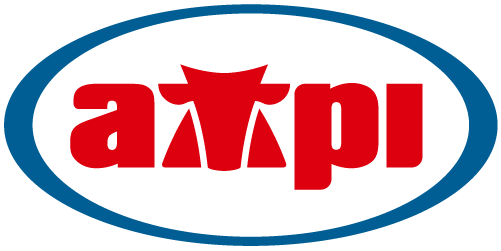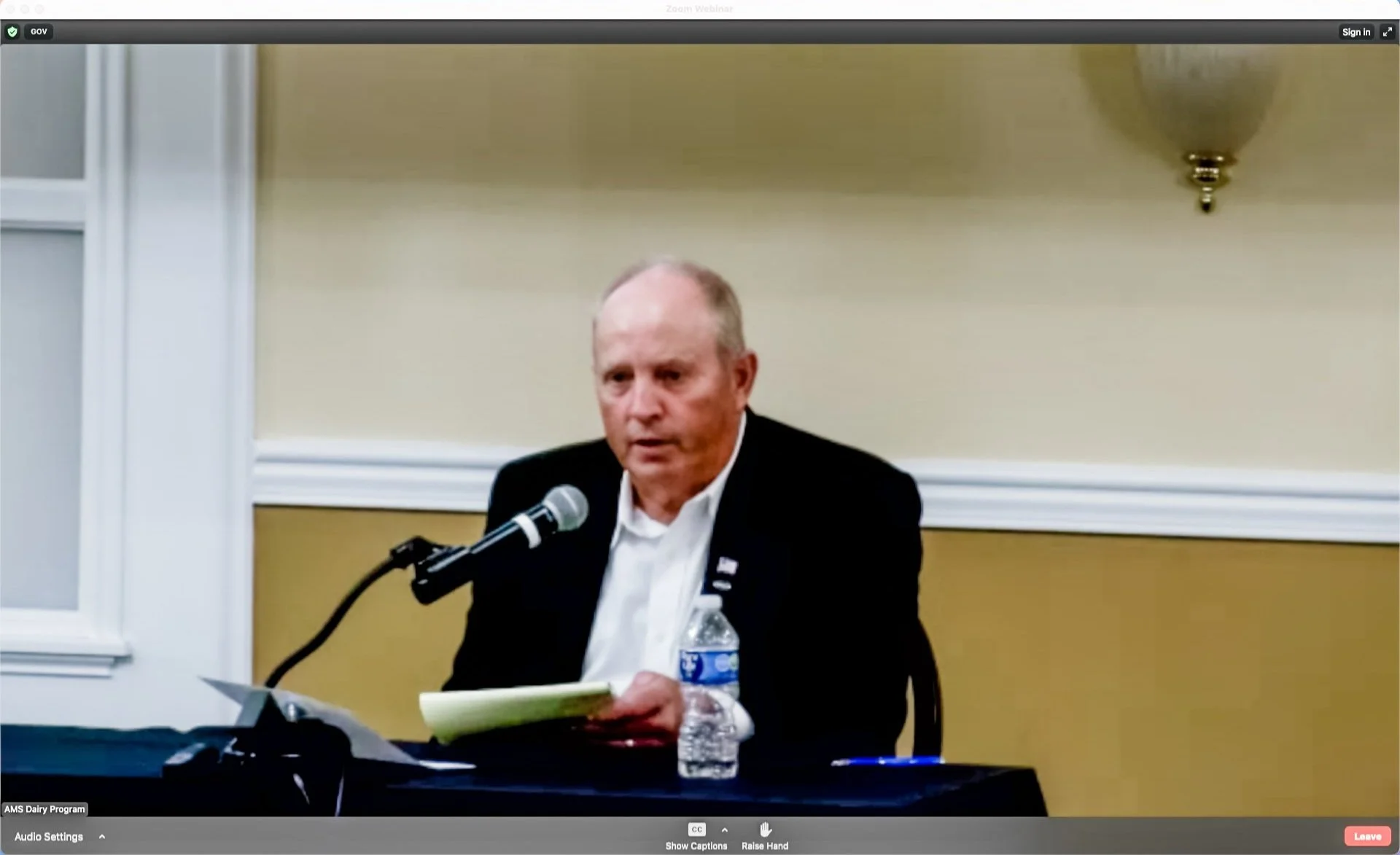Time to fix ‘bad math’
Steve Schlangen, AMPI farmer owner and chairman of the board of directors, represents AMPI viewpoint at federal order hearing.
When he had the chance to testify regarding the nation’s Federal Milk Marketing Order (FMMO), Steve Schlangen was frank.
“Simply put, FMMOs have become a system built on bad math,” he told USDA Agricultural Marketing Service officials at a public hearing to consider proposals to amend the FMMO.
Schlangen, a dairy farmer from Albany, Minn., and chairman of the AMPI board of directors is among leaders who testified about the existing system’s shortcomings. The FMMO system saw its last comprehensive revision in 2000. Since then, the structure of the U.S. dairy industry has shifted significantly, from product preferences and plant costs to the composition of milk itself. Calls to re-examine the federal order system intensified as a result of the COVID-19 pandemic, which strained the system.
During his testimony, Schlangen stressed the importance of accurate manufacturing cost data when determining milk prices.
“We are amid a once-in-a-generation opportunity to reset the Federal Milk Marketing Order system,” Schlangen told USDA officials. “Federal orders determine the minimum values for all milk pooled under a federal order. To accurately determine these milk values, the system must reflect current manufacturing costs.”
With member-owned manufacturing plants, AMPI dairy farmer-owners are feeling the impact of outdated make allowances, Schlangen said. Many production costs, including labor and energy, have skyrocketed since the FMMO system was last updated. The result has been lower returns and investment to cover processing expenses.
“The dairy farmer-owners of AMPI believe the system should be built on real numbers.”
Updating make allowances is one of several proposals being considered. Other proposals seek to amend milk composition factors, commodity product prices, Class III and Class IV formula factors, base Class I skim milk price, and Class I and Class II differentials.
The hearing recessed on Oct. 11 and will reconvene Nov. 27. Once complete, USDA will review the testimony and submissions to arrive at a proposed solution.
“Given the complexity and breadth of topics, USDA may not release its recommended decisions until the second quarter of 2024,” says AMPI consultant Sara Dorland of Ceres Dairy Risk Management. “USDA recommendations following previous hearings were presented six months later.”
USDA will then accept comments and feedback on the draft recommendation before releasing a final proposal. At that time, dairy farmers will vote on the proposal.
Schlangen concluded his testimony by emphasizing proposed increases to make allowances be implemented as soon as possible to bring more order to the marketplace.
“The dairy farmer-owners of AMPI believe the system should be built on real numbers,” he said. “We look forward to the day the Class III number truly reflects the value of milk for cheddar manufacturing.” DD

